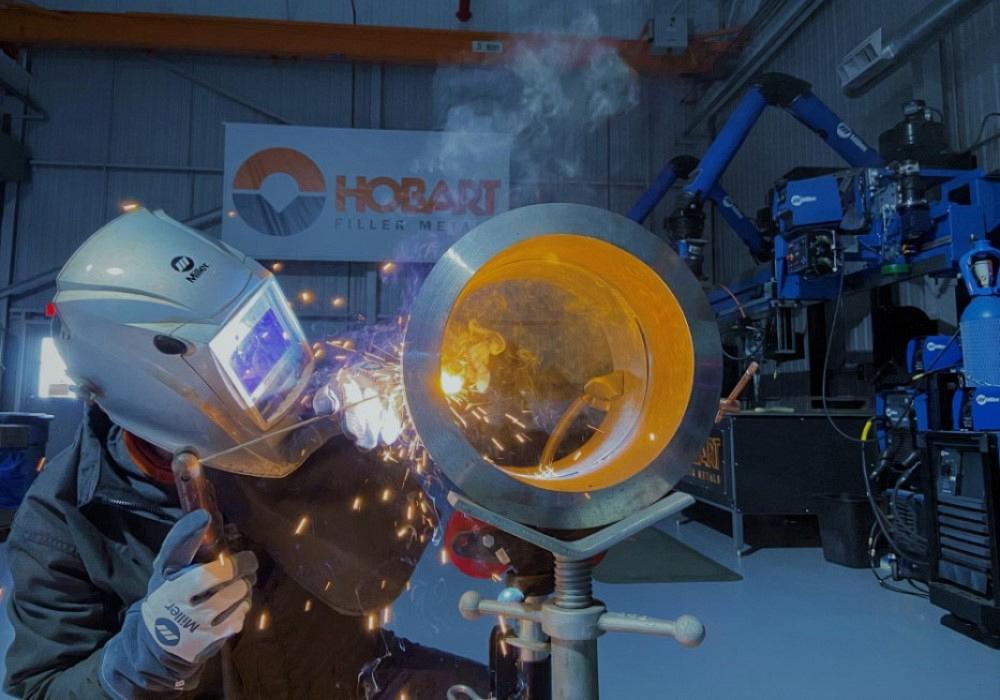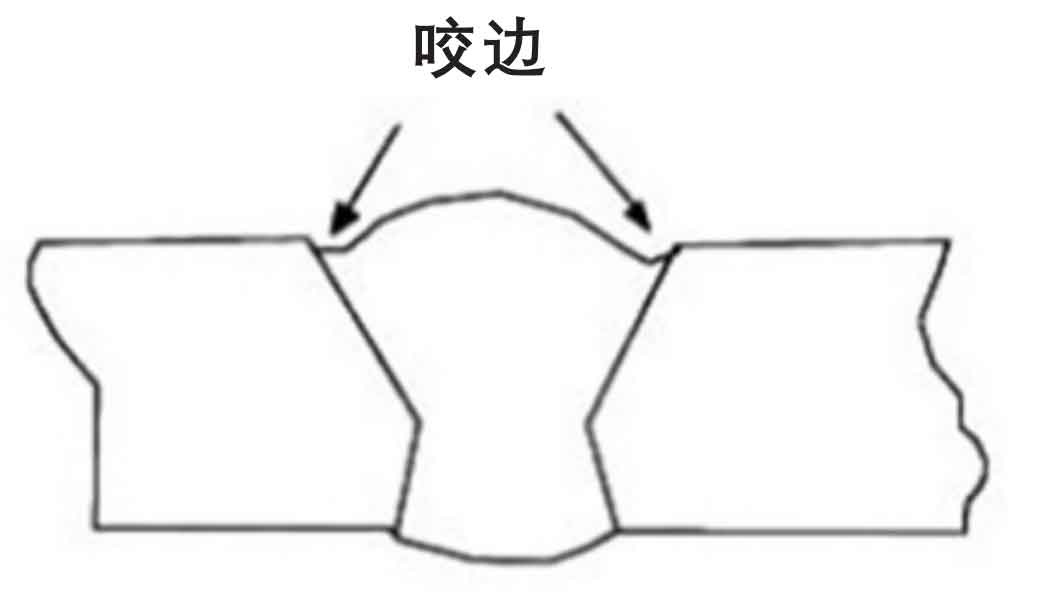Step-by-Step Guide to Preventing Weld Undercut in Different Metals
Step-by-Step Guide to Preventing Weld Undercut in Different Metals
Blog Article
Necessary Tips for Welders: Protecting Against Undercut Welding and Ensuring Stronger Weld Joints
In the realm of welding, accomplishing sturdy and strong weld joints is the cornerstone of producing premium job. One typical difficulty that welders often run into is undercut welding, which can jeopardize the honesty of the weld joint. By understanding the factors that add to undercutting and implementing the right methods and preventative measures, welders can successfully avoid this concern and make sure the long life and strength of their welds. Let's check out some vital suggestions that can help welders browse this obstacle and elevate the high quality of their welding projects.

Comprehending Undercut Welding
Undercut welding is an usual welding flaw that happens when the weld steel fails to properly load the groove and causes a groove-like clinical depression along the weld grain. This flaw damages the weld joint, making it at risk to cracking and failing under stress and anxiety. Undercutting can be triggered by different factors, consisting of too much welding existing, high welding speed, inappropriate electrode angle, inaccurate electrode dimension, and bad welding technique.
Among the primary factors for undercut welding is an inequality between the welding existing and the welding rate. If the welding current is as well high or the welding rate is also quickly, the weld steel may not adequately load the groove, leading to damaging. In addition, making use of an electrode that is as well huge can result in a similar result, as the excess metal can not appropriately move into the groove.
To protect against undercut welding, welders must ensure they are utilizing the correct welding specifications, maintain an appropriate electrode angle, pick the suitable electrode size, and technique correct welding techniques. By attending to these elements, welders can minimize the risk of undercutting and create more powerful, more reputable weld joints.
Correct Welding Method
Efficient welding technique plays an important role in making sure the high quality and integrity of weld joints. One basic element of proper welding strategy is preserving the correct angle and distance in between the welding gun and the work surface.
Furthermore, a stable and consistent hand movement is essential for producing strong and long lasting weld joints. Welders ought to intend for smooth, uniform activities to guarantee also distribution of the weld product. Proper adjustment of the welding gun and filler product is also crucial to accomplishing optimal penetration and blend.
Additionally, regulating the heat input and choosing the appropriate welding specifications based upon the material being bonded are critical aspects in achieving premium welds - Preventing weld undercut. Welders should comply with the advised settings offered by welding treatment requirements and adjust them as required based on the particular needs of the project. By mastering appropriate welding strategies, welders can considerably enhance the stamina and integrity of their weld joints
Picking the Right Electrode
Maintaining the appropriate angle and distance between the welding weapon and the workpiece is essential when thinking about the relevance of choosing the best electrode in welding applications. The choice of electrode plays a crucial role in figuring out the high quality and stamina of the weld joint. Electrodes can be found in numerous kinds, each created for specific functions and materials.
First of all, picking the suitable electrode diameter is important. Thinner electrodes are appropriate for welding slim products, while thicker electrodes are much better for thicker Preventing weld undercut products and higher warm applications. Matching the electrode diameter to the density of the work surface helps achieve a balanced weld.
Second of all, recognizing the product structure of the electrode is important. Various electrodes are developed for welding particular materials like steel, stainless steel, light weight aluminum, or cast iron. Making use of the right electrode product makes certain excellent blend and lessens the danger of problems in the weld.
Lastly, considering the welding placement and strategy is crucial when picking the electrode kind. Particular electrodes are much better fit for overhanging or vertical welding positions, while others function well for flat or straight settings. Selecting the right electrode based upon the welding technique boosts the general weld quality and honesty.
Preparing the Base Metal
To guarantee a successful welding procedure, what initial actions should be taken when preparing the base metal for welding? Effectively preparing the base metal is crucial for accomplishing solid and resilient weld joints. The initial step in preparing the base steel is to clean it extensively to remove any impurities such as corrosion, oil, paint, or dust. This can be done utilizing a cord mill, brush, or chemical solvents. Furthermore, any existing weld material or deposit from previous welding should be eliminated to ensure a clean surface area for the new weld.

Carrying Out Post-Weld Evaluations

After conducting these assessments, welders must contrast the outcomes versus sector requirements and job demands to guarantee that the weld joint meets all necessary standards. Any kind of variances or insufficiencies discovered during the post-weld inspection ought to be immediately dealt with through ideal rehabilitative steps to guarantee the weld's honesty. By carefully carrying out post-weld inspections and immediately resolving any type of concerns, welders can maintain the top quality and integrity of their job, inevitably adding to the safety and security and long life of the bonded frameworks.
Conclusion

To conclude, avoiding undercut welding and guaranteeing more powerful weld joints require a mix of correct welding technique, picking the best electrode, preparing the base steel correctly, and performing post-weld evaluations. By comprehending the sources of undercut welding and executing the needed precautions, welders can produce top quality weld joints that fulfill industry requirements and make certain the structural honesty of the bonded components.
Undercut welding is a typical welding issue that occurs when the weld steel falls short to correctly fill up the groove and results in a groove-like anxiety along the weld grain (Preventing weld undercut). Damaging can be caused by different variables, including excessive welding present, high welding rate, inappropriate electrode angle, inaccurate electrode dimension, and poor welding method
One of the primary factors for undercut welding is an inequality between the welding current and the welding speed. If the welding current is as well high or the welding rate is as well quickly, the weld steel might not appropriately load the groove, leading to undercutting.Maintaining the appropriate angle and distance between the welding weapon and the work surface is basic when taking into consideration the importance of choosing the best electrode in welding applications.
Report this page